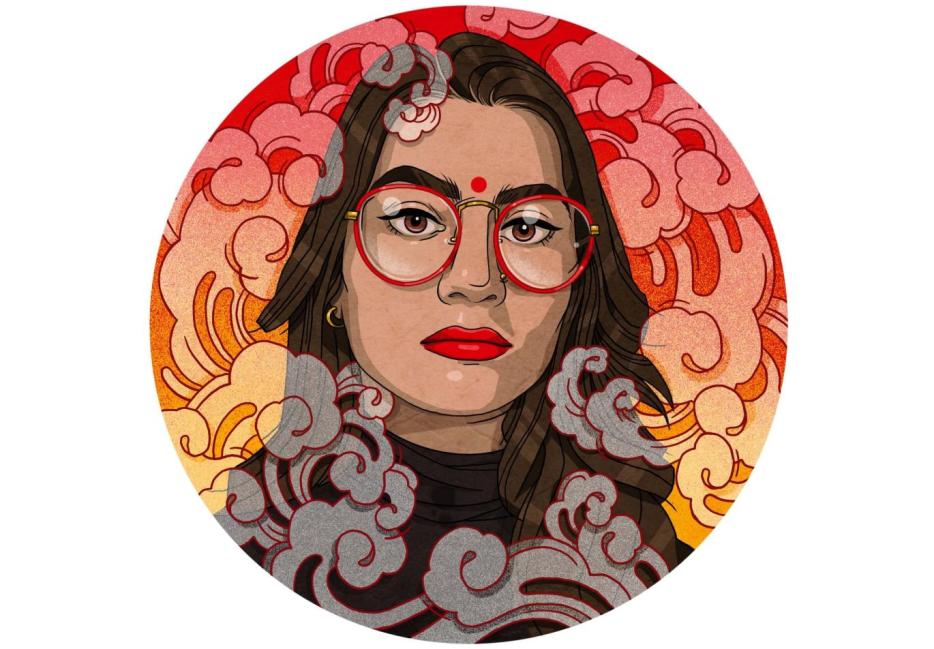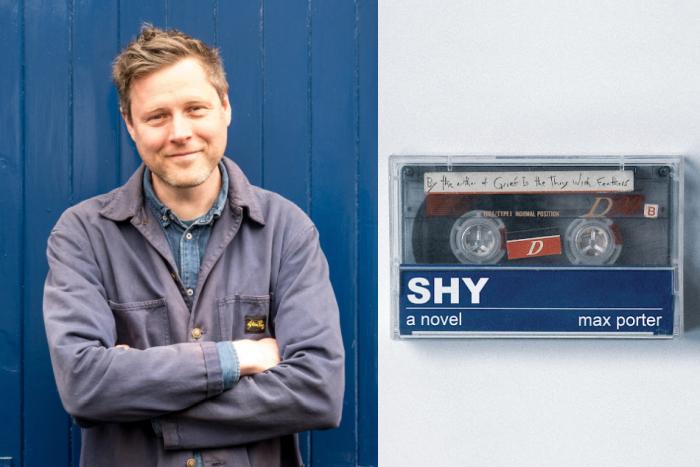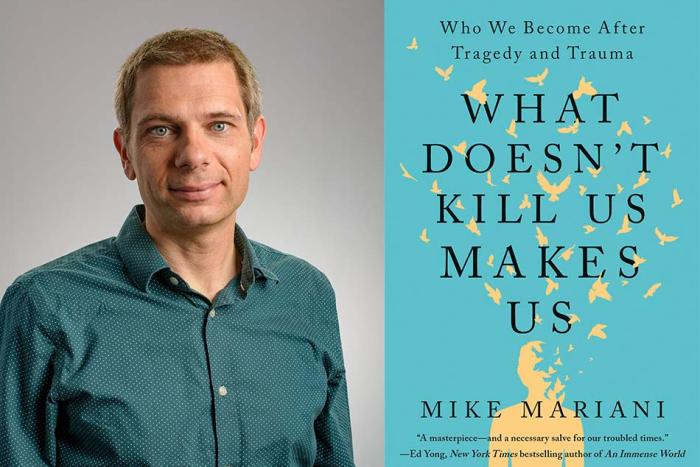Welcome to My Book Is Due, a column about everything I’m thinking about instead of writing my book.
My Apple Watch stopped working when I got my hands tattooed. The watch, it turns out, struggles to transmit haptics over tattoo ink. I had worn the device pretty religiously for five years, and my every data point had been collated together in my phone for easy access: my heart rate, my activity levels, my location pins, my credit cards, my photos, my contacts. It even had my blood type. Then, overnight, I went from a person who looked at their wrist intently, deciphering a message from my mother (“be careful of the sun” she once texted me, in October) to a person who just wore . . . a regular watch. I don’t even know why I’m bothering with the pretense; I can’t really tell time anyway.
For the first few years that I wore my Apple Watch, it was a covert device for the eating disorder I was still in an upsetting romance with. The watch—or My Watch, as it became known, as if it was a part of my body, like a pacemaker or a stent or a skin tag—reminded me to stand every hour, to exercise for thirty minutes a day, and to burn a set amount of calories that I could dictate. All three metrics were presented back to me in bright colours and poppy graphics: when I completed my exercise for the day, a green ring would finally connect, my wrist would tingle with an encouraging buzz, and the watch would congratulate me for not being a useless piece of fucking shit. The Stand and Exercise rings couldn’t be adjusted, but you could tell yourself to burn as many calories as you wanted. I increased mine to 750 calories—pretty high, considering the meagre 1800 to 2000 calories I was eating a day. I rarely met my calorie burn goals, but when I did, it made me feel like I had earned the right to be a person. I closed the bright red ring, The Watch would send confetti to my wrist, and I could eat that afternoon.
The Watch did not know when I didn’t eat, when a martini’s olive subbed in for dinner, or when I threw up. There’s nowhere to log that information, one of several system updates I recommended to Apple over the many years I was a faithful user.
I don’t want anyone else involved in my relationship with my body, and yet, I was happy to let this piece of technology in. I’d strap it on in the morning and we’d make this quiet promise to each other, human and droid: Today, we will meet all our goals, as we are programmed to do. At night, when we came up short, I’d place The Watch back in its dock: We failed another day.
To its credit, the Apple Watch measured plenty of other problems with my body. It knew when I was angry—when my friend Matthew infuriated me deeply years ago, The Watch asked me if I was having a heart attack, and would I maybe like for it to call me an ambulance? My heart rate had peaked to 130 bpm. When we made up, it shot down so fast that The Watch, again, asked if I was perhaps dying. “No,” I told it. “I am simply mentally ill.”
The Watch reminded me of every text I got so that I could never fully focus when someone was talking to me, because my wrist was tingling with the possibilities of what was on my phone. It felt like my then-editor’s “do you have a second?” texts went straight to my prefrontal cortex, giving me frissons of panic until I could run back to my desk to call her and find out what was wrong. (What was wrong was she needed to know if one of her eyelids was bigger than the other one. It was, genuinely, often about the eyelids.)
My Watch told me, every day, how I was grinding myself down, but it didn’t particularly care. When I became too listless in my own depression to move much, The Watch did not check in on me, it just told me to go for a run. It had no way of knowing how long it had been since I had eaten, or seen the sun, or spoken to another person.
In the thickest part of that particular sadness, my friends asked me to watch their dog, Leslie Stahl, while they went on vacation. They framed this as a favour to them, but it was entirely to my benefit, to force me to engage with the world I have no choice but to live in. Soon, The Watch commended me for taking long, endless walks—it was so proud of me! Look at the calories I was burning, at how far I walked, at how active I was during the day! But Leslie lay with her head on my chest as it heaved, as I wept at night, unsleeping, cigarette smoke in my hair and no food in my system, so awake I couldn’t believe it was possible. The Watch did not know how much I loved Klonopin.
When the Apple Watch stopped working, I was relieved. I have not missed having access to around-the-clock data about my body. When I work out, no one congratulates me. Similarly, no one gently chides me for, instead, standing on the stoop of my apartment, located on what is evidently the noisiest block in Brooklyn, and turning my face up so that I can feel the sun. I do yoga; I never worry about how it burns fewer calories than the cardio classes I hated, hated, hated.
My niece, who’s only thirteen, asked if they could have The Watch. I reacted as if I had just broken free from Maleficent’s spindle curse, and here was this idiot trying to touch it after I just told them not to. It’s the only gift I’ve outright refused them; they just wanted to track their steps, but that’s how it starts. I know that’s how it starts.
Everyone’s wearing their heart on their sleeves with their tech watches. As I write this, a man next to me has somehow closed his activity ring, even though we boarded this flight at 8 a.m. and have been stagnant in the sky for hours. I wonder if it’s an accomplishment, or just a reminder of the little obligations he’s set in front of himself. His watch is the story of duty where there should be none.
The body already keeps the score. I don’t need to do it too.






